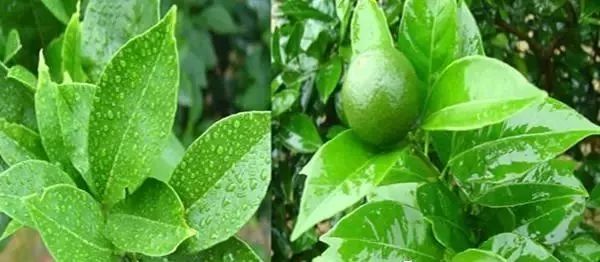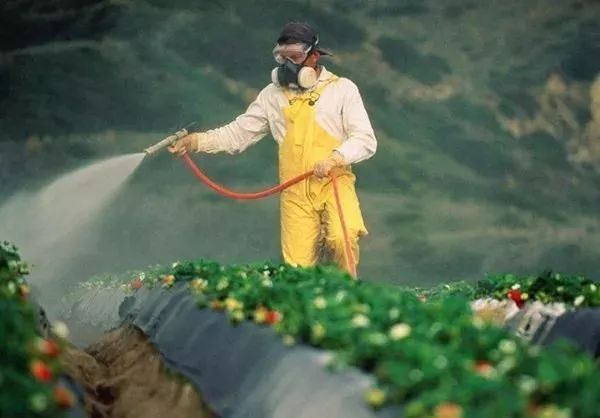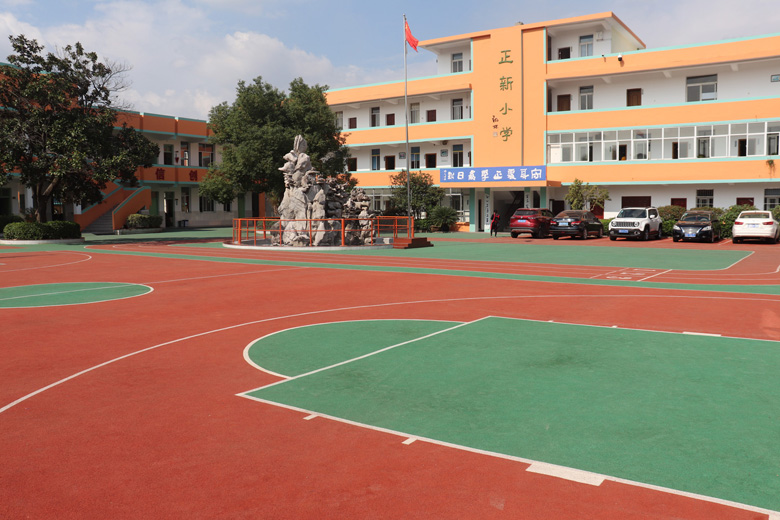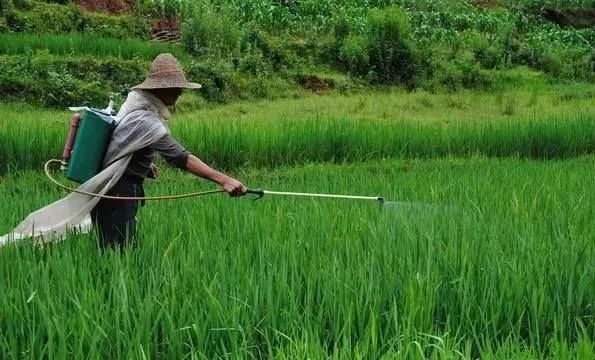With traditional pesticide spraying, only 20-30% of the pesticide solution can be stored on the leaves of the crops, and 70-80% of the pesticides are lost to the soil and atmospheric environment, which not only increases pesticide residues, but also pollutes the environment and also causes Water resources were wasted. Therefore, scientists are trying to find a more efficient auxiliary that can make more pesticides stay on the leaves and spread them quickly. Then, with only a small amount of spray, the pesticides can be exposed more quickly and effectively. Invading enemies. After unremitting efforts and experiments, scientists finally developed agricultural silicone additives. Agricultural silicone additives have the following effects:

1. Quickly moisten crops and greatly improve medicine
The specifics can be reflected from the following examples: Rice leaf roller is a rice pest. In order to escape the pesticide spray, this guy worked tirelessly to spin out silk threads and carefully weave a safe fortress for itself. The silk threads are like buttons, closing and rolling the leaves, and the rice leaf roller hides in this fortress. Then, he sucked the juice from the leaves from the inside out. Unexpectedly, with such good intentions, he was easily taken down by the all-pervasive magical silicone additive. The liquid spread rapidly, penetrated into the cracks and entered the fortress, feeding the rice. The leaf-roller moth comes to catch turtles in an urn.

48% dichlorpyrifos EC is used in the field to prevent rice leaf rollers, and the water consumption per acre is more than 45 kilograms. By adding 0.05% silicone additive to the liquid, the ideal insecticidal effect and liquid retention effect can be achieved with only 15 kilograms of water per acre. In this way, both water resources and workload are saved.
So, farmer friends must remember that after adding silicone additives, there is no need to spray repeatedly as in the past, otherwise it will be counterproductive and a waste of manpower and material resources.
2. Super penetration, allowing the drug to quickly reach its target.
In nature, many plant leaves have a thick layer of wax, which makes it difficult for medicinal solutions to adhere to them. The special structure of some leaves, such as lotus leaves, taro leaves, etc., makes it almost difficult for water to stay. Pests often go to great lengths to avoid being hunted. Look, this cabbage is not damaged on the surface, but when you break open the leaves, you can see that the inside has been badly eaten by diamondback moths. The cunning diamondback moth gnaws at the vegetable leaves, but it does not bite through them, but leaves a thin layer of skin, like a safe umbrella, protecting them underneath. So, is there any trick for silicone to deal with the waxy layer on leaves? Something gratifying happened again. There are no water droplets formed on the leaves. The super spreadability of silicone allows the liquid to spread freely even on waxy leaves. Look, none of the diamondback moths that were eating the leaves survived.

Field experiments have shown that adding 0.03% to 0.05% (2000~3000 times) of silicone additives to pesticides used to control diamondback moth can not only reduce the spray volume but also appropriately reduce the amount of sprays when the control effect is equivalent. Pesticide dosage. This effectively reduces pesticide residues in vegetables. Silicone additives can also promote the rapid absorption of pesticides through the pores on plant leaves. We use water mold��After being washed by rain, the liquid with silicone additives on the left has partially entered the leaves, while the ordinary liquid on the right that failed to enter the leaves was quickly washed away. It has been found that the addition of silicone additives can improve the reliability of the use of systemic agents. During the rainy season, reduce losses caused by repeated spraying. The permeability of silicone can also be used to deal with pests that have a waxy layer that is not easily wetted by the chemical solution.
In fact, the role of silicone goes far beyond that. It can be used as an efficient additive and is widely used in pesticides, fungicides, herbicides, foliar fertilizers, plant growth regulators, trace elements and biological agents. In the spraying of pesticides and other agricultural chemicals. It achieves the purpose of increasing efficiency, saving water, saving labor and pesticides, reducing pesticide loss and reducing pesticide residues.
What ratio should be used for such magical silicone additives? Here, we would like to ask everyone to remember the following set of numbers:
Insecticide 0.025~0.1% (1000~4000 times)
Fungicide 0.015~0.05% (2000~7000 times)
Herbicide 0.025~0.15% (700~4000 times)
Plant growth regulator 0.025~0.05% (2000~4000 times)
Fertilizer and trace elements 0.015~0.1% (1000~7000 times)
In the pastoral war without gunpowder, silicone is like a magical and powerful new weapon, which has greatly helped farmers increase production and income. However, when using this new weapon, there are a few points that need to be paid special attention to. First, it is ready to use, and the prepared medicinal solution should be used up as soon as possible. The second is to reduce the water consumption of spraying and speed up the spraying speed appropriately. Third, when spraying, you should wear protective equipment in accordance with the requirements for using pesticides, and pay special attention to eye protection.
The traditional spray method uses about 40 to 50 kilograms of water per acre, and fruit trees require double the water. After using a small amount of silicone additives, it can be reduced to 15 to 20 kilograms per mu. If combined with low-volume spray technology, water consumption per acre can be reduced to 5 to 10 kilograms.

3. Increase the spraying area, save water, effort and money.
Farmer friends are also very concerned about the issue. Will it be uneconomical after using silicone additives? From the perspective of increasing the use of silicone additives, one is to save water, and the other is to save labor and improve the preventive effect of chemicals. Recently, we learned from an orange farmer in Guangdong that in the past, it took 1,000 to spray pesticides on his orange orchards. He spent RMB 800 on pesticides and added 6,000 kilograms of water. Now that he added organic silicon, he only spent RMB 800, and only 4,000 kilograms of water was enough. The current labor cost is 175 yuan, compared with 312.5 yuan in the past. This saves money.
In 2006, silicone additives began to be promoted on a large scale in my country. Its magical power is attracting the interest of more and more farmers. Now farmers have another good helper in production. It seems that silicone additives are indeed a good helper for farmers by saving costs and increasing efficiency.
Features of silicone:
1. Enhance the adhesion of the pesticide, improve the utilization rate of pesticides, and reduce the loss of the pesticide
2. Excellent wetting and spreading properties, reducing the contact angle between the spray liquid and the leaf surface, and increasing the coverage
3. Promote the absorption of systemic agents through stomata and resist rainwater erosion
4. Reasonably reduce the amount of pesticides and spray water, save labor and time, save energy and protect the environment
5. Low expansibility can promote systemic fungicides and herbicides to diffuse directly into the plant mesophyll tissue through the pores on the plant leaves, playing a good auxiliary absorption role.
6. It has good mixability and can be mixed with a variety of pesticides (insecticides, fungicides, herbicides, foliar fertilizers, and biological fertilizers).
Scope of application:
As a tank-mix spray additive, silicone can be used with agricultural chemicals such as insecticides, fungicides, herbicides, plant growth regulators, foliar fertilizers, trace elements and biopesticides.